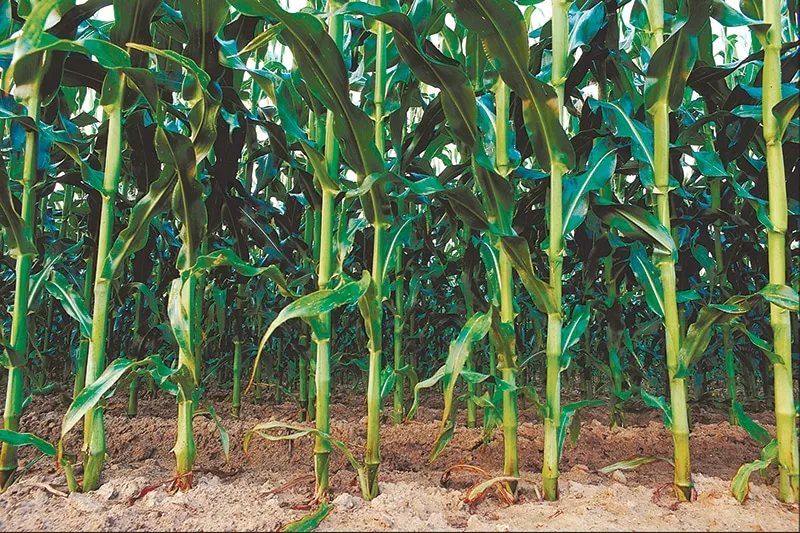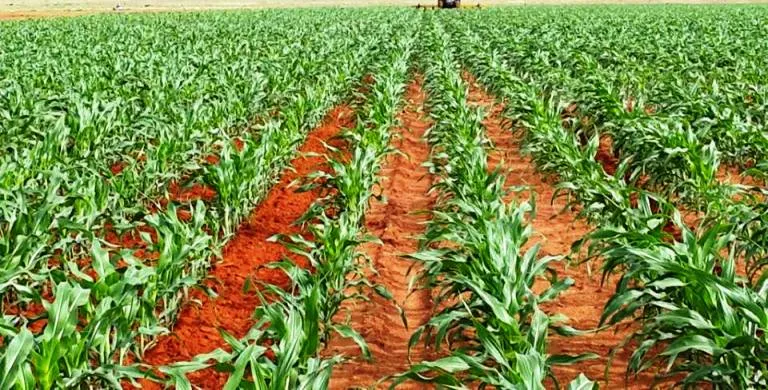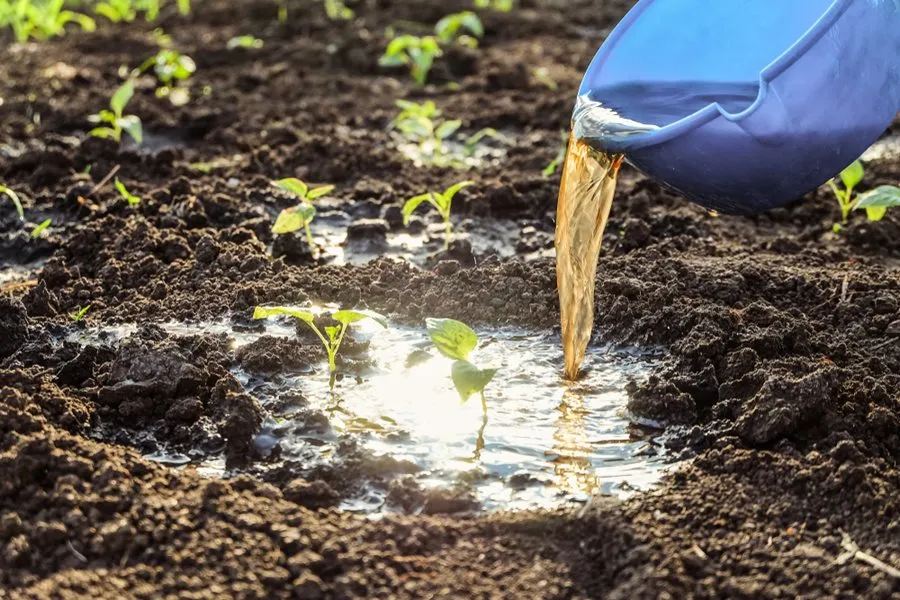In modern agriculture, the objectives of the plantation design are basically to allow the incidence of the greatest amount of light on the trees; to allow each tree the maximum use of space and soil fertility; and to facilitate the handling of the machinery inside.



▶ Planting distances depend on the species, variety, rootstock or rootstock to be planted, the topography of the land, the physicochemical conditions of the soil, the mechanization and even the useful life time determined in the project, the maximum distance between plants.

▶ Credits: Gardendesign. – [Image of Public Domain]
≕ I invite you to stay tuned and read my next contribution ≔
The organic edaphic fertilization program is based on a fertilizer that comes from animals, humans, vegetable remains of food or other organic and natural sources.
The chemical edaphic fertilization program uses products that are manufactured by industrial means, such as nitrogen fertilizers (made from fossil fuels and air) like urea or those obtained from mining, such as phosphates or potassium, calcium, zinc.
And the edaphic fertilization program using humus, which is a complex organic substance of dark brown or black color, whose exact composition is not known. It constitutes 1/5 to ½ of the organic matter of peat, compost, mulch and decomposed animal manures.

The importance of humus in plant development is mainly due to its high buffering capacity in a considerable variation of pH. It tends to stabilize soil structure, retains an enormous amount of water and has a high base exchange capacity.
NOTE: Reference material.
